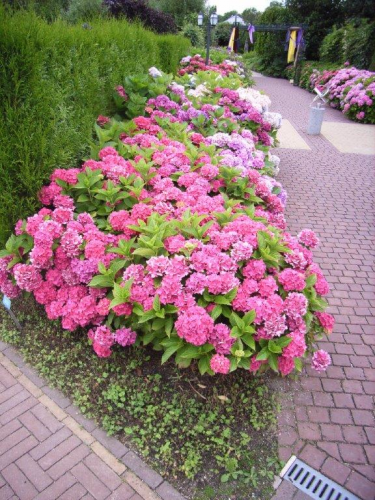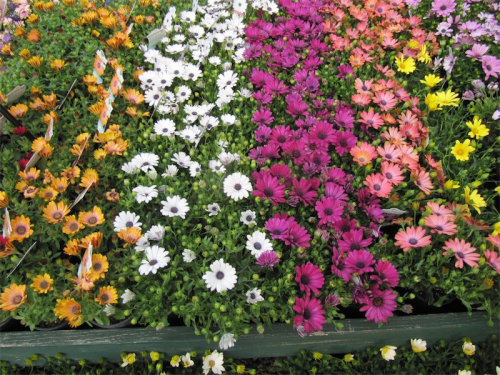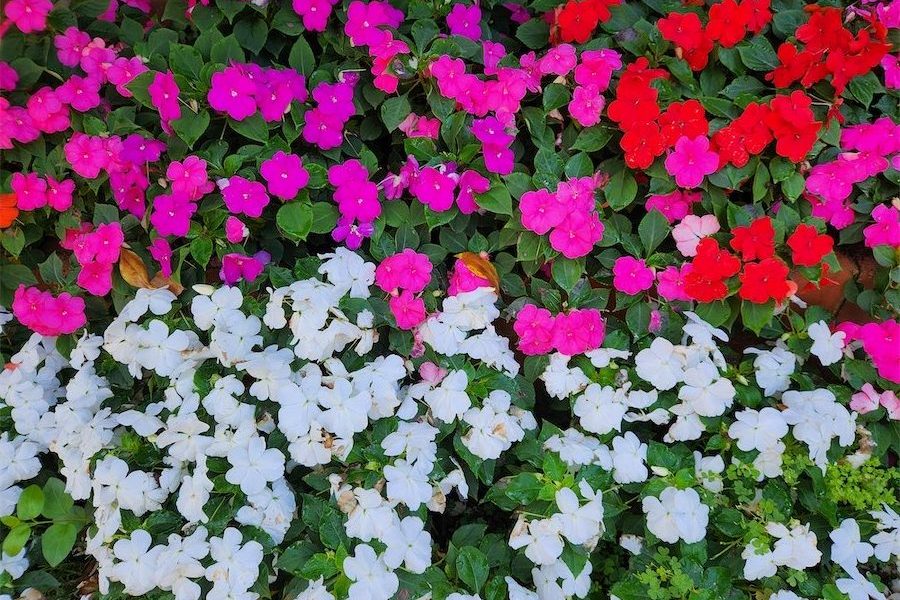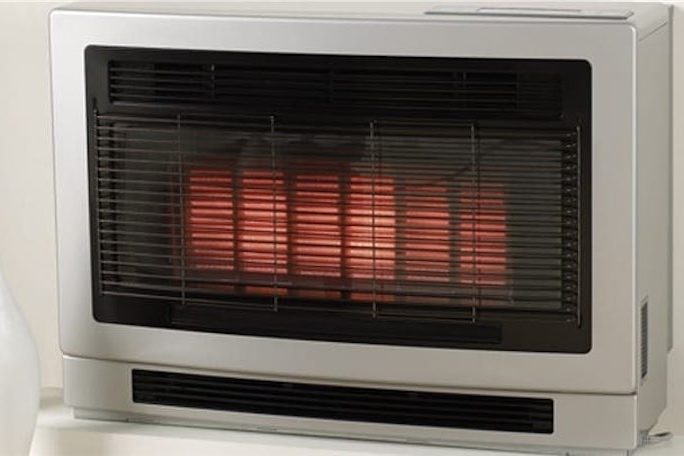
Celebrity gardener Don Burke says they would have to be included in the top 10 best flowering plants in the world.
Hydrangeas are often seen growing in old gardens. While they prefer semi-shade, they are much hardier than most folk think and I have seen them growing in full sun. I remember seeing an old garden in Yass where the hydrangeas were facing east and received full sun a good part of the day.
They are popular with flower arrangers not only for the blooms but for the dried flower heads. I knew of one lady who sprayed the dead flower heads with blue paint to give the appearance of them being in flower in winter!
Hydrangeas are a genus of about 70 species originating in most Eastern countries with the exception of the wonderful oak leaf hydrangea, H. quercifolia from the US. The most common types are the mop-heads (resembling pom-poms) and lacecaps (with round, flat flower heads).
It is tempting on a really hot day to race out and give them more water when you see the leaves wilting. However, if left alone they will almost certainly be sitting up perky as ever by the following morning. Hydrangeas will not tolerate wet feet and good drainage is essential. If the ground is well prepared and the plants mulched with organic mulch, a good, deep soaking once a week is sufficient.
White hydrangeas will stay white and the colour will not change. The coloured varieties, Hydrangea macrophylla, can change according to the soil. An acidic soil (with a pH below 7) with the presence of aluminium or iron will produce blue flowers. An alkaline soil (above a pH of 7) will produce pink flowers.
If you want to change the colour of hydrangeas (though why I don’t know) there are products available from local garden centres. They need to be applied regularly over the next few weeks while the buds are forming.

The range of colours is extraordinary, as seen here at the Heritage Nursery in Yarralumla. The daisies are extremely drought hardy and should not be over watered; although they should be watered regularly.
Interestingly, in Victoria and WA they are considered an environmental weed even though they do not set seed readily. In Canberra they are mainly treated as an annual although with a mild winter they will continue into the next season.
MAJOR’S Mulch, 100 per cent lucerne mulching pellets (resembling pellets of chook poo), is a new organic product available at garden centres.
It is perfect for small areas such as courtyard gardens or veggie beds or pots.
It adds nutrients to soil, moisture retention and is a great worm food. A 10-kilogram bag will cover seven square metres. More information at majorsmulch.com.au
Jottings…
- Look out for Bacopa (Sutera cordata) from South Africa. Not a plant I was familiar with, but it looks perfect for hanging gardens.
- Bulbs’ leaves can be cut to ground level 4-6 weeks after flowering. It is unnecessary to wait until the leaves die completely.
- Feed roses with Neutrog Seamungus, a certified organic combination of seaweed and chook poo.
- Mulch under strawberries to discourage snails.
- Steve Falcioni, of Organic Crop Protectants, will discuss the latest organic products at the Horticultural Society’s meeting at the Wesley Church Centre, Forrest, 7.30pm on Monday, October 20. All welcome.
Who can be trusted?
In a world of spin and confusion, there’s never been a more important time to support independent journalism in Canberra.
If you trust our work online and want to enforce the power of independent voices, I invite you to make a small contribution.
Every dollar of support is invested back into our journalism to help keep citynews.com.au strong and free.
Thank you,
Ian Meikle, editor




Leave a Reply